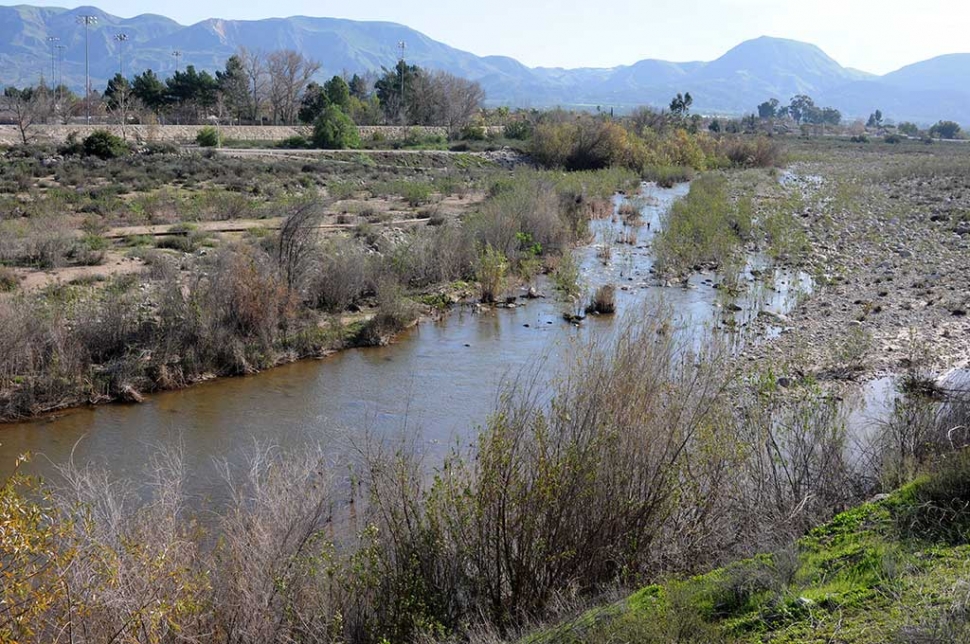
We still haven't reached the peak of what's expected to be an above-average hurricane season. Two other storms - Emily and Gert - are moving through the open Atlantic and don't appear poised to make landfall. Tropical storm Franklin, currently in the Caribbean Sea, is expected to bring strong winds and heavy rainfall to Puerto Rico throughout the middle of the week. It's not just Hilary: Three tropical storms are churning over the Atlantic Ocean at the moment, with a fourth looking possible in the Gulf of Mexico amid a spate of thunderstorms. "The ocean temperatures off the coast of Baja California are much warmer than usual right now," Swain says, "As much as 3 to 6 Fahrenheit - that’s a pretty significant increment of additional hurricane fuel." Temperature anomalies there are part of what’s been fueling this storm, says UCLA climate scientist Daniel Swain. Part of the ocean that Hurricane Hilary formed over is around Baja California, Mexico, in the Pacific. Forty percent of the world’s oceans are experiencing heat waves right now, according to federal researchers, in part due to a natural climate pattern called El Nino and human-caused climate change. The ocean is a lot warmer than usual this summer. That's because hot ocean water is a sort of fuel, an energy source for hurricanes. Hurricanes are more likely to be larger and more powerful when they form over hotter ocean water. But humans' use of fossil fuels means that the whole Earth is heating up, and the ocean stores a lot of that heat. Scientists will need time to determine the role climate change played in Hurricane Hilary's formation and behavior. Getty Images People stand on a pier over the Pacific Ocean with Hurricane Hilary approaching in San Diego County on Sunday. The region also saw new temperature highs, according to the NWS: Santa Maria Airport in northern Santa Barbara County clocked a record high of 85 degrees F, breaking the old record of 82 from 2007. Other areas saw even higher numbers, including: They broke their old records of "trace" (greater than zero but too small to be measured), which were set in 1973 - the year after Albert Hammond released " It Never Rains in Southern California," as it so happens.īut when it pours. Los Angeles International Airport and Long Beach Airport both broke new records with 2.03 and 2.27 inches of rain, respectively.


Palmdale Airport saw 3.93 inches, smashing the old record of 0.05 set in 1934. local time that "virtually all rainfall daily records have been broken thus far."Īmong them: A record rainfall of 2.48 inches was set in downtown Los Angeles, breaking the previous record of 0.03 set in 1906. The National Weather Service Los Angeles said at 3 a.m. Just how much rain did Southern California get? AP Vendor stands were shuttered at Venice Beach on Sunday.


 0 kommentar(er)
0 kommentar(er)
